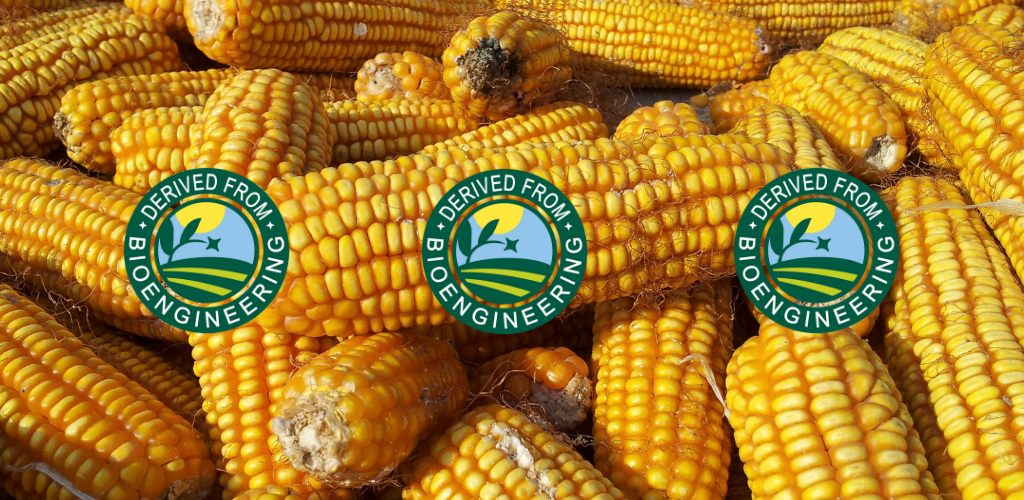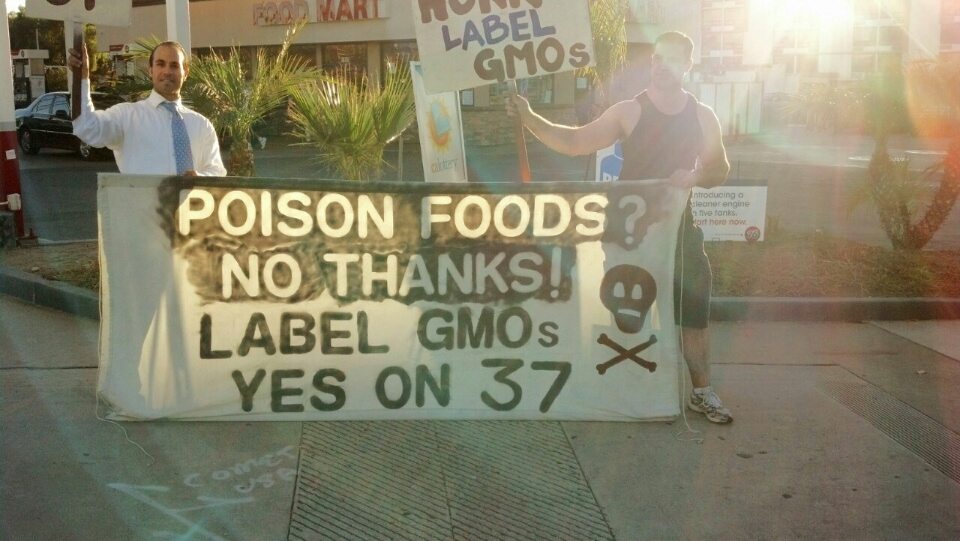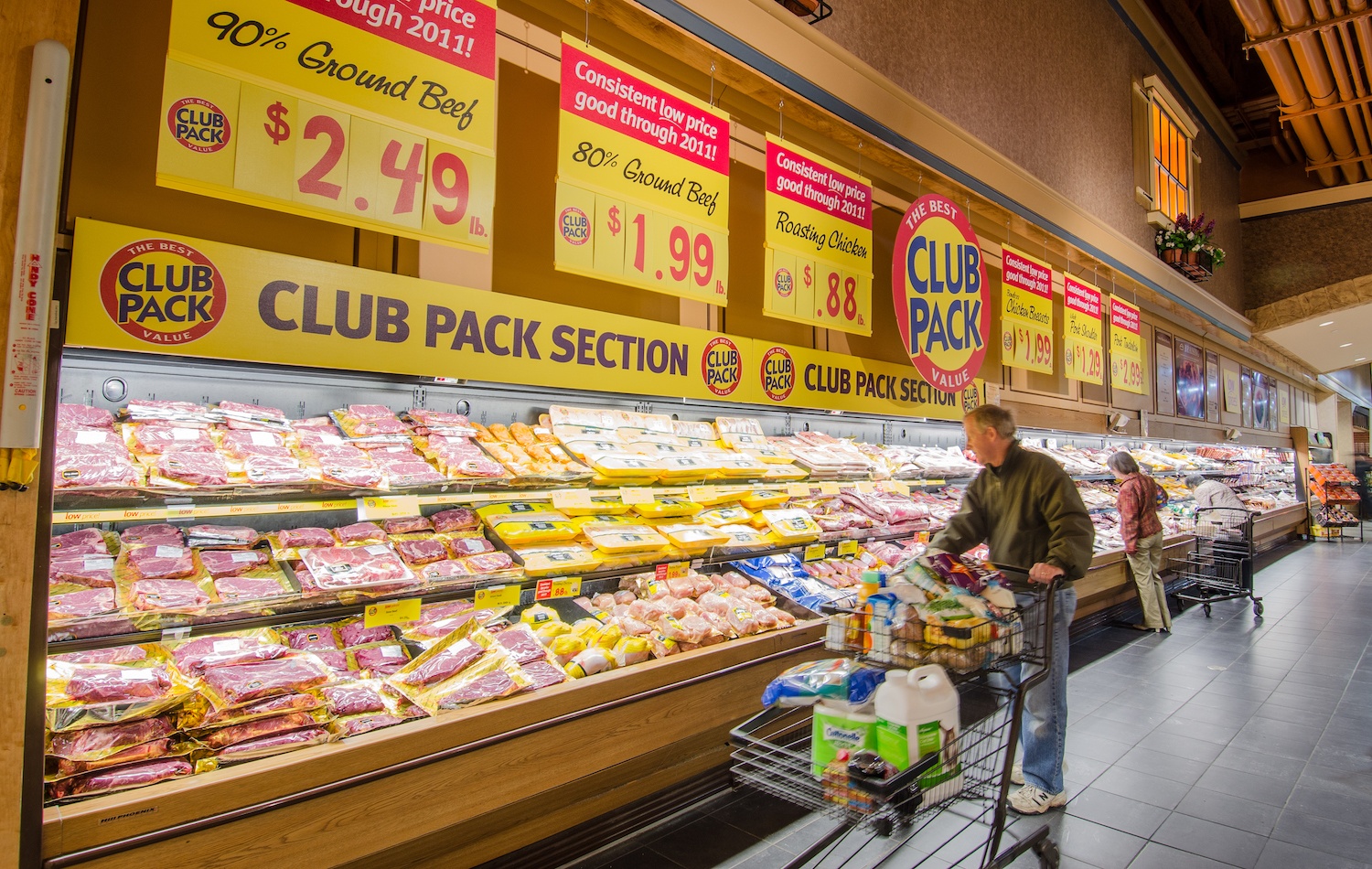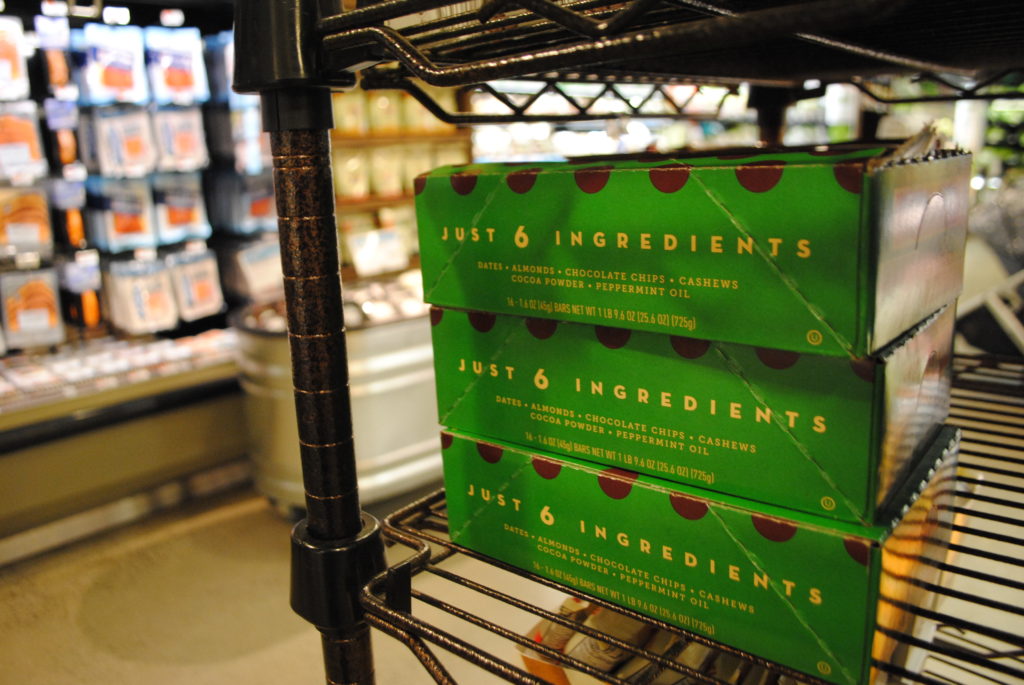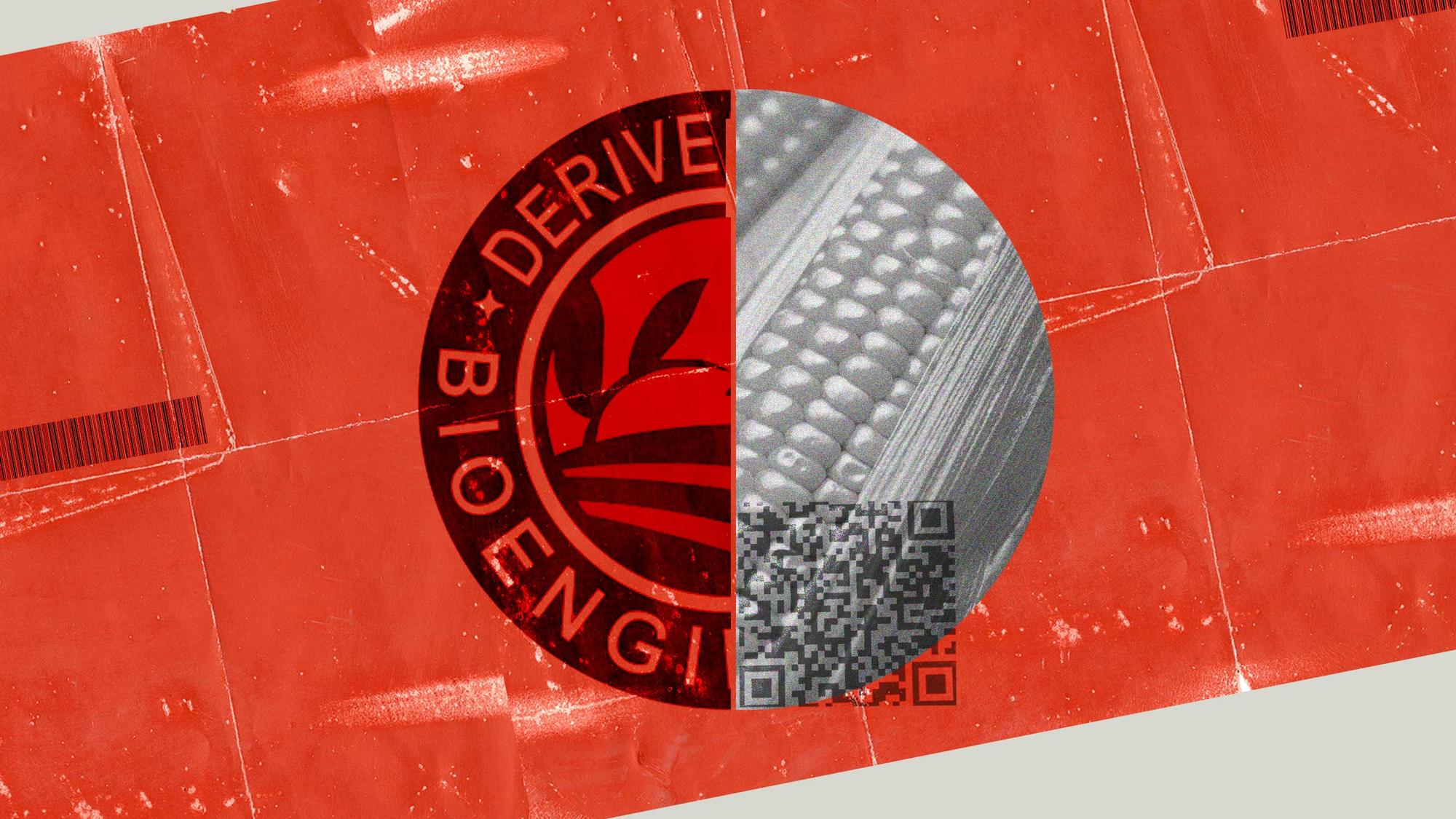
Graphic by Alex Hinton/USDA Flickr/ iStock Jasmina007
Advocates for clear labeling of genetically modified ingredients say the agency’s required language is confusing to consumers.
In July of 2020, nonprofit advocacy organization Center for Food Safety (CFS), along with co-plaintiffs that include several natural grocers, filed a lawsuit against the Department of Agriculture (USDA). At the center of the suit was Public Law 114-216, better known to those who follow food policy legislation as the National Bioengineered Food Disclosure Standard. It was signed by President Obama in 2016, to identify for consumers, through clear labeling language, which foods on grocery shelves contained genetically engineered (GE) or genetically modified (GMO) ingredients. Lawyers for CFS, who filed their opening brief in the case at the tail end of November 2021, contend that the law’s rules, as they’ve since been written by USDA, do anything but—in large part because they mandate the use of the word “bioengineered” and prohibit the better-understood and -recognized terms GE and GMO, which they say will confuse consumers.
As CFS outlines in its complaint, when USDA was tasked by Congress with drafting and implementing the new labeling rules in 2016, “the agency fell far short of fulfilling the promise of meaningful labeling of GE foods.” CFS associate attorney Meredith Stevenson said USDA’s mandate concerning the word “bioengineered” contradicts the letter of the law itself which, as Congress passed it, allows for this word to be used interchangeably with GMO and GE; she said it also contradicts USDA’s own prior stance. Until 2015, “USDA insisted on using GMO, and proclaimed this was its official policy as whole, because the term permeates American society and not using the term GMO would mislead consumers and [fail to follow 2010’s] Plain Writing Act,” which purports to promote “clear Government communication that the public can understand and use.” (USDA referred a request for comment about the law and the lawsuit to the Department of Justice, which declined to comment.)
Adding further obfuscation, USDA also disallows retailers from clarifying matters on their own; for example, they can’t use shelf tags to say whether a product, even one they’ve cooked up in their own bakery, contains GMO or GE ingredients—although they can say that a product is non-GMO or non-GE.
“USDA basically says that if it’s not detectable, it doesn’t ‘contain’ bioengineered ingredients and therefore doesn’t need a label.”
Another issue for the plaintiffs has to do with certain “highly refined” products USDA has deemed exempt from disclosure. Explained Stevenson in an email, this exemption is “about whether the GE material in the product after processing/refining is ‘detectable’ using a ‘common testing method.’ USDA basically says that if it’s not detectable, it doesn’t ‘contain’ bioengineered ingredients and therefore doesn’t need a label.”
According to Dana Perls, food and technology program manager at Friends of the Earth—which has been a plaintiff in prior lawsuits against the USDA and FDA over GMOs—the exemptions include GMO beet sugar, which makes up about 70 percent of the sugar U.S. consumers ingest; GMO canola oil; as well as additives like flavorings, colorings, thickening agents, and binders “that are derived from GMO crops like corn and soybeans,” she said, and which likely appear in tens of thousands of products.
There’s also the issue of USDA allowing companies to use QR codes for consumers to scan, instead of providing ingredient information right on the label; companies have the option to use on-label text if they choose, as well as a symbol or a phone number that consumers can text for more information. “QR codes are not effective labeling,” said Perls, pointing out that about one-quarter of low-income U.S. residents do not own a smartphone, according to recent research from the Pew Research Center. “It’s quite discriminatory that they decided to go with a QR code that excludes a significant portion of the population from the right to know what’s in their food,” she said. The prevalence of QR codes and phone numbers will be more fully understood on January 1, 2022, which is when the use of “bioengineered” labeling will become mandatory.
“It’s quite discriminatory that they decided to go with a QR code that excludes a significant portion of the population from the right to know what’s in their food.”
Pamm Larry, former organizing director of co-plaintiff Label GMOs, who led the charge in 2011 to get California to pass a law requiring the labeling of genetically modified products, feels pessimistic about the rules, which she calls a “ridiculous joke,” as well as the initial Congressional decision to make the labeling issue national. Although her bid for GMO labeling was unsuccessful, as were some other bids in other states, she said momentum was building for the cause by the time Vermont passed it’s stand-alone GMO-labeling law in 2014. Pushing for a federal law, she believes, was a way to clip the wings of the states—federal law overrides state law here, and she says Vermont has since stopped enforcing Consumer Protection Rule CP121, its GE food labeling rule—on behalf of processed food and biotech interests.
Still, after Vermont passed its own legislation, companies like Campbell Soup, Mars, and General Mills started to get a jump on labeling; some even spoke out in favor of transparency. (Campbell Soup did not respond to a query about whether the company was still in favor of GE/GMO labeling.)
The safety of GMOs has been a hotly contested topic over the course of decades. As Megan L. Norris, a doctoral candidate in the Molecular, Cellular and Organismal Biology Program at Harvard University, summarized in a blog post, “[M]ajor health groups, including the American Medical Association and World Health Organization, have concluded from the research of independent groups worldwide that genetically modified foods are safe for consumers …. Regarding toxicity, this includes any dangers related to organ health, mutations, pregnancy and offspring, and potential for transfer of genes to the consumer.” The CFS claim emphasizes consumer concerns over crops engineered for pesticide resistance and the environmental degradation that can accompany agricultural chemical use.
USDA will have until mid-February 2022 to respond to CFS’s claims, after which what’s known as the interveners—comprised of the United States Beet Sugar Association, the American Sugar Beet Growers Association, and the American Farm Bureau Federation—will have their chance to reply, before CFS counter-replies in late March. Stevenson said a ruling might be expected by late summer or early fall of 2022; she’s optimistic about CFS’s chances for a win and for a federal court to strike down the provisions, although others, including Larry, say they aren’t holding their breath that USDA will be legally compelled to rewrite the rules.

